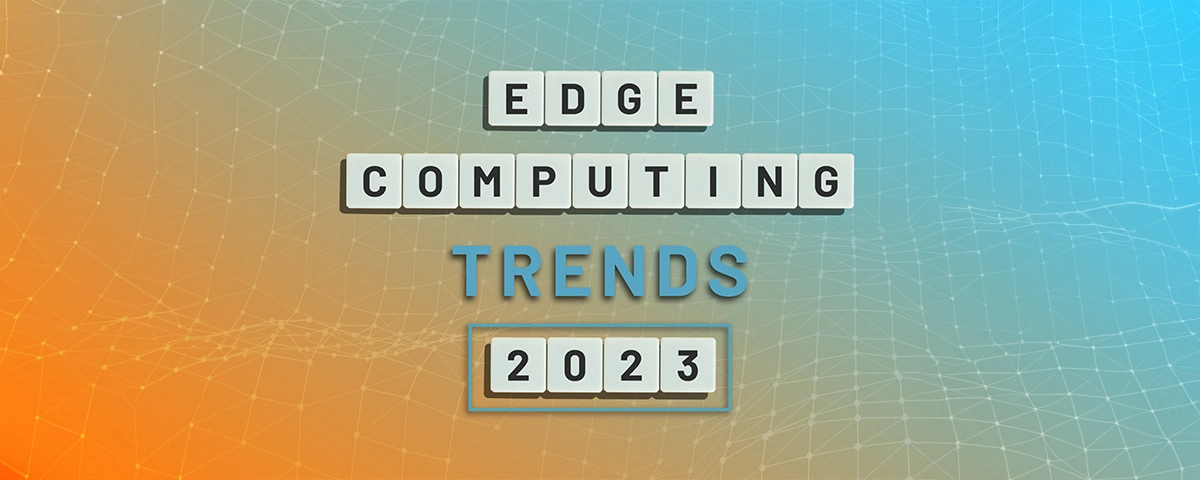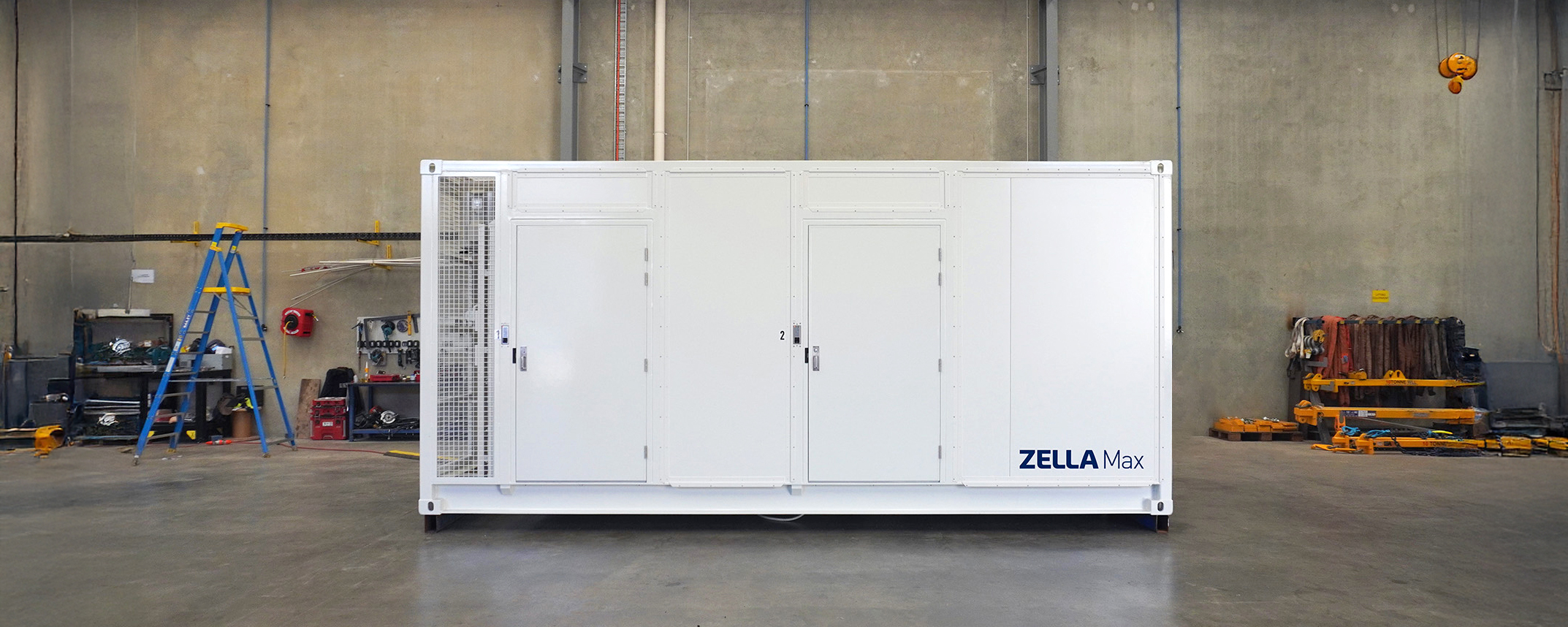The Edge is the overarching term for any computer data processing that takes place outside of regular data centres. This includes the near, mid and far Edge, depending on how close this is to where the data is being generated.
Edge usage has been on the upswing over the past couple of years, as the following statistics show:
- The global Edge computing market was worth around US$3.5 billion in 2019. This is set to reach around US$43.4 billion by 2027
- The Edge is now playing a very real role in corporate road mapping, with well over 85% of decision-makers taking it into account (up from 57% in 2019)
- Currently, over 29 billion connected devices are churning out data across the globe
- An average of 30% of IT budgets are already being spent on Edge cloud computing
So, what next? Many experts predict that 2023 will be the year of exponential growth. The following looks at some ways Edge computing will continue to trend in the next 12 months.
- A functioning 5G network: Many of us now see the 5G symbol lighting up the corner of our phone screens, yet it’s still to make much of a difference. That’s because the network still isn’t fully in place. As Edge data processing increases, so the 5G revolution will begin to be felt in all areas of phone and computer technology.
- The rise of AV (autonomous vehicles): As the technology continues to be rolled out, the need for latency-free, cost-effective, real-time insights on road conditions, vehicle traffic, pedestrians and other obstacles becomes critical. Only with reliable Edge capability across a huge network will self-driving vehicles become reality.
- A shift from cloud storage: Edge computing means that unnecessary data can be sifted out (or acted upon) near the source. This means less need to transfer huge amounts to the cloud. Companies will be tuning into alternatives to the traditional cloud, instead looking for more local alternatives.
- Machine learning and AI become mainstream: As processing becomes more efficient, so our trust and reliance on these (some would say) fledgeling concepts will become more mainstream.
- An explosion of data: Think we generate a lot of data today? With our increasing reliance on smart tech, this is set to explode. It’s predicted that in the next few years, around 175 trillion gigabytes will be generated from the rising demand for IoT devices.
- Zero trust capability: As developers look to the Edge to store information and repel attacks, so Edge computing will take a greater and greater role. Because the concept isolates data, it provides a secure method of processing and storing sensitive data. Get ready for ‘zero-trust Edge’ to become the new must-use term.
- The rise of agri-tech: Farming is primed to make even further use of Edge technology. From small holdings to industrial-level production, the concept of smart farming will help reduce costs and improve yield, thanks to providing real-time condition reports and speeding up traditional ground prep, seeding and harvesting processes.
Micro data centres are at the heart of many Edge computing deployments and the demand for this technology is clearly set to grow exponentially. Find out more about the relationship between Edge and MDCs or get in touch to talk to our edge data centre experts.






